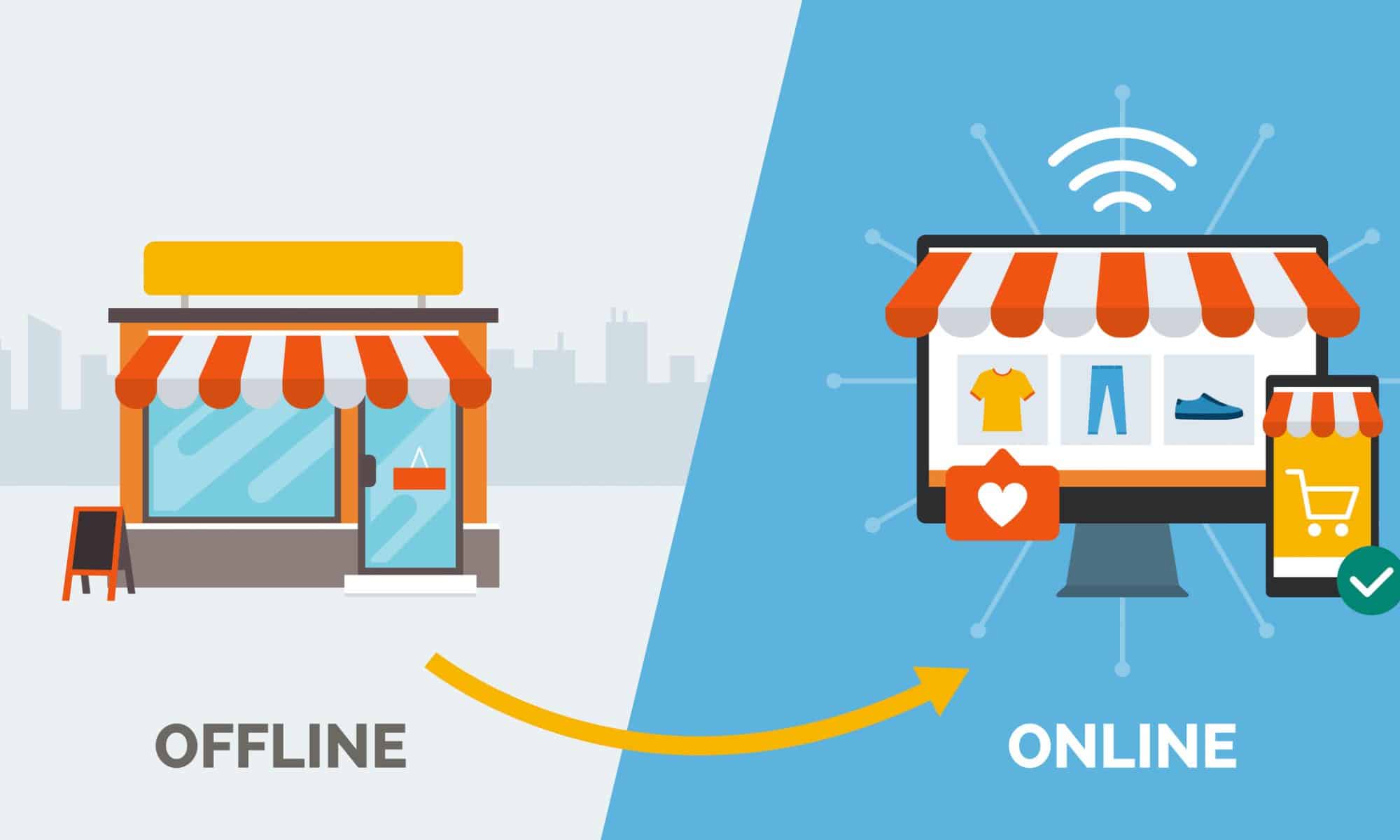
Having a website is a must for any business. However, simply having a website is not enough. Your website needs to be responsive and adaptive to different screen sizes and devices. This is where responsive web design comes in.
Responsive web design is an approach to web design that ensures a website is optimized for all screen sizes, including desktops, laptops, tablets, and mobile devices. In other words, it ensures that your website looks and works great, no matter how your visitors access it.
Responsive web design achieves this by using flexible layouts, images, and CSS media queries that allow web pages to adjust and adapt to different screen sizes and devices. For example, if a user is accessing your website on a mobile device, the website will automatically adjust its layout and font sizes to fit the smaller screen size.
There are several reasons why responsive web design is important for your business:
- Improved User Experience
One of the most important benefits of responsive web design is improved user experience. With a responsive website, your visitors can easily access and navigate your website, no matter which device they are using. This can result in increased engagement and lower bounce rates, as users are more likely to stay on your website if they have a good user experience. - Increased Mobile Traffic
With the increasing use of mobile devices for browsing the internet, having a responsive website is critical to attracting and retaining mobile users. If your website is not optimized for mobile devices, you risk losing a significant portion of your potential audience. - Better SEO
Google and other search engines consider mobile-friendliness as an important ranking factor in their search algorithms. Having a responsive website can improve your search engine rankings and help you attract more organic traffic to your site. - Cost-Effective
Having a responsive website can be more cost-effective than creating a separate mobile website or app. With a responsive website, you only need to create and maintain one website that works well on all devices, rather than multiple websites or apps. - Future-Proofing
As technology continues to evolve and new devices are introduced, having a responsive website can help future-proof your business. A responsive website can adapt to new screen sizes and devices, ensuring that your website remains accessible and functional for all users.
Responsive web design is essential for any business that wants to succeed in today’s digital age. By ensuring that your website is optimized for all devices and screen sizes, you can provide a better user experience, attract more traffic, improve your search engine rankings, and future-proof your business.





